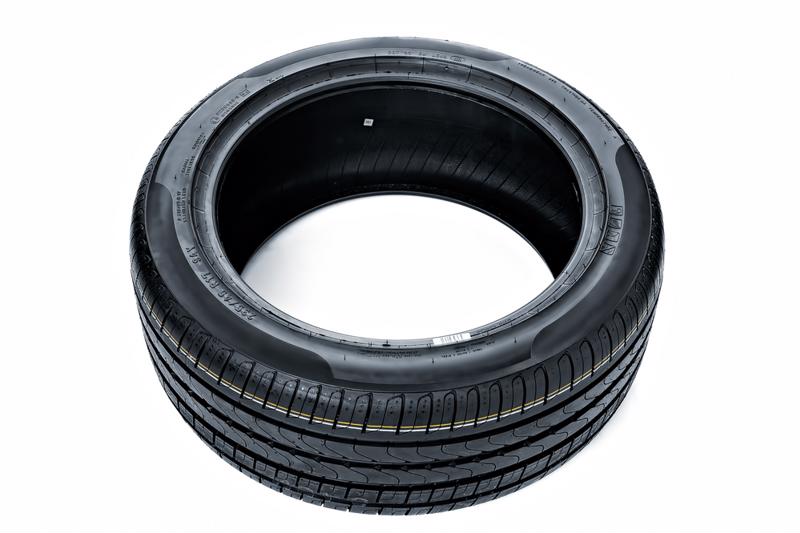Of all the safe winter driving tips you've heard, chances are the biggest one that you encounter most often is to swap your all-weather radials for snow tires. But if money is tight or you don't want to make a trip to your mechanic's garage, consider these basic facts on snow tires and why they're so important.
 Don't let the name fool you: All-weather tires aren't great in the snow.
Don't let the name fool you: All-weather tires aren't great in the snow.What makes snow tires different?
You may have seen some people forego winter tires and instead just wrap their all-weather radials in chains. While this can help maintain traction, this measure isn't nearly as effective as a good set of winter tires. The two main conditions snow tires are designed to withstand are icy roads and extremely cold temperatures. They are made out of a softer rubber, which means that they can grip the road more easily. Another side effect of the softer rubber is that the tires don't freeze and harden as quickly as all-weather radials do. When the tire rubber hardens, it significantly compromises your traction.
"But they're called 'all-weather' tires…"
One of the most common objections to snow tires is that they're unnecessary if you already have all-weather radials on your car. But despite the name, these standard-issue tires aren't the any-condition superstars they claim to be. In fact, according to Edmunds, all-weather radials are a jack-of-all-trades, master-of-none ordeal. They tend to work well in wet conditions, but they won't provide the level of safety you need in the snow and ice, or even the freezing cold. In fact, it's impossible for a tire to be truly "all-weather." Outside temperatures cause the rubber in the tires to expand or contract, and can change the hardness and pliability of the tire. This is why tires that work great in summer aren't good for winter.
"Traction assist systems aren't a replacement for proper tires."
What about my traction assist system?
Many newer cars are equipped with a tracking assist feature that can be activated from the dashboard by the push of a button. These systems are good additional safety measures, but they aren't a replacement for proper tires, especially in the winter. Most tracking assist systems work by electronically limiting the amount of power your car can exert on your tires, preventing you from turning too hard and losing traction. However, tracking assist does nothing to improve the grip of your tires themselves. Even with this modern safety feature, it's still possible to lose control of your car through hard turns.
OK, so I'll compromise and get two winter tires
People who want to straddle the line between safety and frugality sometimes decide to buy two winter tires instead of a full set, under the assumption that the added traction on the front or rear wheels, depending on how your car's drive system works, can be similarly effective. Not only is this a misconception, it's incredibly dangerous. Having two snow tires and two all-weather radials on your car results in your front and rear axles experiencing different grips on the road, which can make it nearly impossible to control your car. If your rear tires are receiving the extra traction, you won't be able to steer nearly as effectively with the poorer traction on the front wheels. If you decide to put snow tires just on the front, you run a high risk of fishtailing.
If you're shopping for a high-quality used car to see you through the winter, head to NJ State Auto Auction. You'll find hundreds of Carfax-certified cars on the lot, and a helpful in-house financing department to assist you with loan approvals.

